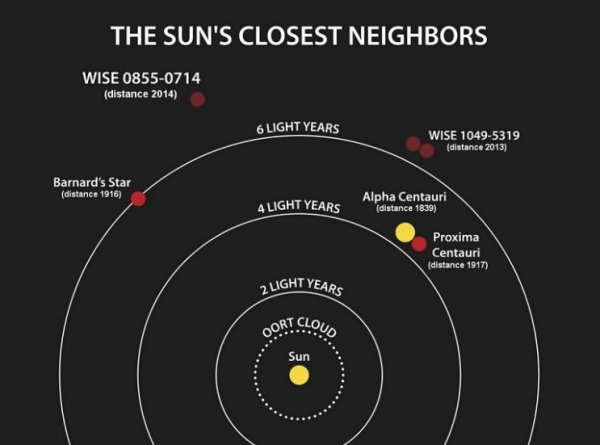-
Tips for becoming a good boxer - November 6, 2020
-
7 expert tips for making your hens night a memorable one - November 6, 2020
-
5 reasons to host your Christmas party on a cruise boat - November 6, 2020
-
What to do when you’re charged with a crime - November 6, 2020
-
Should you get one or multiple dogs? Here’s all you need to know - November 3, 2020
-
A Guide: How to Build Your Very Own Magic Mirror - February 14, 2019
-
Our Top Inspirational Baseball Stars - November 24, 2018
-
Five Tech Tools That Will Help You Turn Your Blog into a Business - November 24, 2018
-
How to Indulge on Vacation without Expanding Your Waist - November 9, 2018
-
5 Strategies for Businesses to Appeal to Today’s Increasingly Mobile-Crazed Customers - November 9, 2018
Potentially habitable planet closest to our solar system found
An global team of astronomers found clear evidence of the planet about four light years away, orbiting Proxima Centauri, the closest star to our Solar System.
Advertisement
Proxima Centauri is a red dwarf star (a star with a lower mass than our sun) located four light-years from the solar system.
The planet was found orbiting in the star’s “Goldilocks Zone” – a habitable area where temperatures aren’t so cold that water freezes, like Mars, but isn’t so hot that water evaporates, like Venus. “Proxima b” probably has an average surface temperature of around minus 40 degrees Fahrenheit, and liquid water could exist in places on the planet.
Dubbed the “Pale Red Dot” campaign and led by astronomer Guillem Anglada-Escude from Queen Mary University of London, they focused their attention on the ever-so-slight “wobble” of the star that would indicate the gravitational pull of an orbiting planet.
However, even though Proxima b, is “only” 4.3 light years away, travelling there will present an enormous technological challenge. It is said liquid water could exist on it and dream of astronomers could come true with follow-up observation. You see, the little planet is tidal locked – meaning that the same side of Proxima b always faces its star, leaving half the planet in perpetual darkness.
If there is life on Proxima b, it would have to be hardy.
A ROCKY planet that might have aliens on it has been found, close enough that we could travel there.
For now, life on Proxima b is merely science fiction, but the researchers hope their work will be carried on.
Anglada-Escudé and his colleagues found that, Proxima Centauri sometimes approaches Earth at a speed of about 5 km/hour (3.1 mph) and sometimes moves away at a similar pace. In astronomical terms, this is quite close. But because that star is much dimmer, it is still within the habitable zone where there could be water on the planet – and, as a outcome, life. The planet circles its star so quickly that its year is about 11 days.
Given it’s the closest exoplanet we know of that could harbor life or be our second home if somebody is irresponsible with nuclear codes, Proxima b is a likely first destination for interstellar probes, when the technology allows.
Advertisement
The New York Times has just broken a story that, next door to our galaxy, there is another Earth like planet.




























